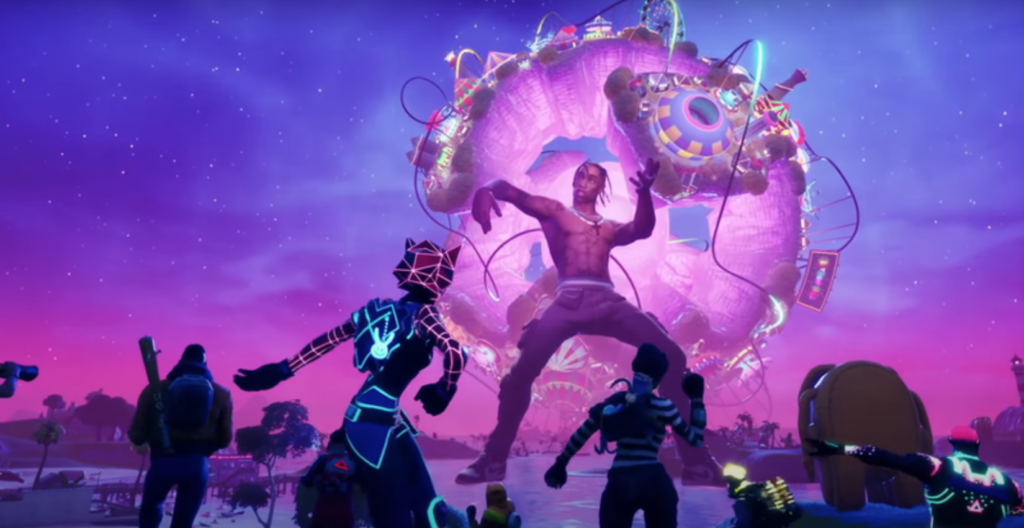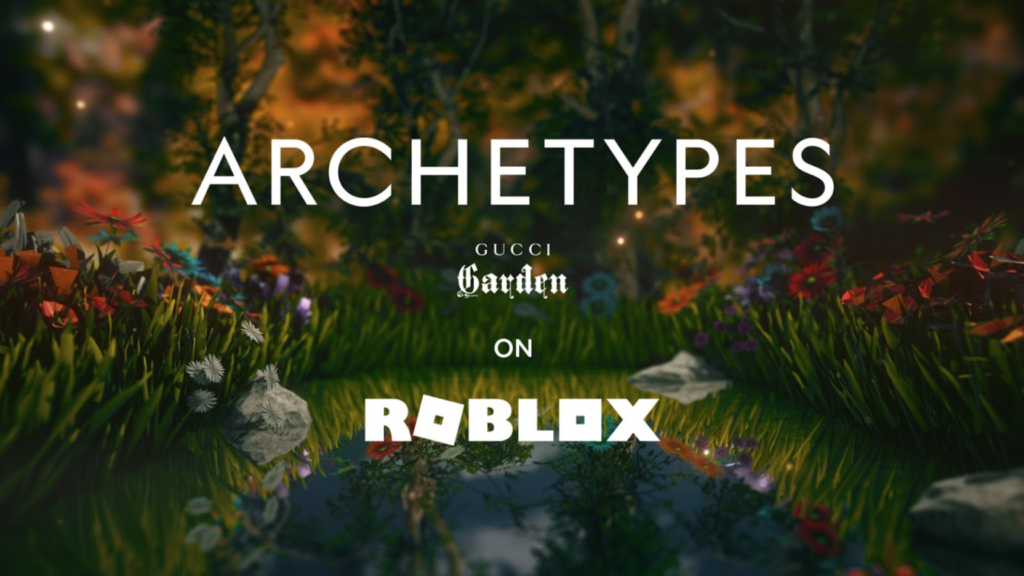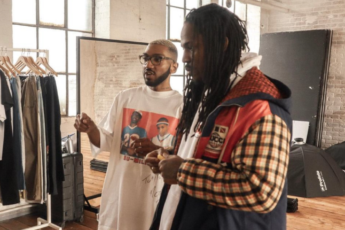
Article written by Studio BLUP ‘Futurewears’ writer Symeon Oshea.
As fashion expands as an industry, its intersection with unlikely fields has paved the way for new products and experiences for the digital world. Consumers are craving more than just physical shopping experiences. With most large retailers and brands moving their storefront online, customers are demanding innovative ways to improve the end user’s shopping experience.
The technology industry in particular is becoming a caveat for change amongst fashion brands. As we progress into a different kind of revolution, industries are learning to adapt to a more than the physical reality that is not entirely based purely on what is tangible. And while this may still seem like a little more science-fiction than reality, the Metaverse is much closer to coming to fruition than most people realize.

For almost twenty years, digital spaces such as SecondLife and IMVU have allowed users to completely immerse themselves in digital universes where players can entertain themselves, earn currency and build communities. Today, games like Fortnite, Roblox, and World of Warcraft have popularized this format and are continuing to blur the lines between our virtual and non-virtual worlds. This makes way for brands and advertisers to offer shared spaces and experiences that were previously only able to be offered in person. Last year, for example, Fortnite presented a digital concert with Travis Scott that attracted over 45 million viewers. This strategy was also used by a similar company, Roblox, which hosted a virtual concert experience with Lil Nas X that attracted over 30 million viewers.
Even though we already know the metaverse is not entirely based around gaming, it is no secret that the gaming industry is the one that is leading the way. An industry that was worth over $100 billion in 2020, with no signs to stop growing any time soon. It is through the world of gaming that people are getting to know what the metaverse is and the purpose it serves.
The Future Face of This New “Metaverse”
Facebook announced recently it’ll be shifting away from its classification as a social media company to become “a metaverse company”. This uber model functions in a virtual embodiment of what we know as the modern internet, blending the real and virtual worlds more than ever before.

Given that nearly three billion people use Facebook each month, Zuckerberg’s movement for a change of direction is worth noting, especially considering how society has made social media a pinnacle for browsing the internet.
It’s looking like the intention is to build a more maximalist version of the current iteration of Facebook that spans social presence, entertainment, and professional work. Unfortunately, though, this comes at a time when the US government is attempting to disrupt the current company and its business model/practices. A package of bills making its way through US Congress could potentially force the company to spin out Instagram and WhatsApp, limiting Facebook’s future ability to make acquisitions or offer services connected to its hardware.
Even if tech regulation stalls in the United States, a bustling metaverse would raise questions both familiar and unknown regarding how the virtual space is to be governed, how content should be moderated, and how its entire existence affects our shared sense of reality. We’re still getting our arms wrapped around the two-dimensional version of the social platforms that we currently interact with. Throwing in the 3D version of these could be exponentially harder and difficult to market to a dynamic audience.
By the same token, the metaverse will bring enormous opportunities to individual creatives who want to live outside of today’s urban meccas. This would also be a huge opportunity for displaced communities where education or recreation are more limited. This realized metaverse could be the next best thing to the teleportation devices we see in movies. With the company’s Oculus division, Facebook is trying to bring this vision to our current reality.
The Next Generation of Goods
Digital goods may not be tangible, but they are sparking serious conversations surrounding our ability to accelerate the growth of technology’s current capabilities within industries that produce goods. To be more specific, a new generation of consumers has tuned in to the climate crisis and the protection of our planet. This in turn creates a buying environment where customers use accountability and self-education to become more informed buyers and a more socially/environmentally conscious industry as a whole.
Beyond these new so-called “digital brands”, the wider fashion industry is also beginning to take note of the trend. Gucci most recently designed a neon green digital sneaker that could be bought for as little as $12.99 via their app which allowed for the user to sport their digital goods on AR gaming apps such as Roblox. Further, Marc Jacobs dropped a collection of clothes designed for Animal Crossing avatars, with a whole slew of designers and labels following suit upon unveiling the collaboration.

As the digital fashion movement continues to pick up speed, the world has been introduced to five digital fashion designers from around the world with this new method unifying their practices. They are Megnze Zheng, Tribute Brand, Valentins Studio, Ashwini Deshpande, and Neo Paradigm. Alongside their corresponding universe of algorithmic, pixel-based fashion.
Large fashion houses have already begun introducing their brands to the Metaverse, recognizing the enormous economic potential that digital goods have. One prominent example is a digital edition of the Gucci handbag “Dionysus w/ Bee” selling for more than $4,000 on Roblox. Not a big deal until recognizing that the price is almost $800 more than the actual bag itself. The virtual bag is an in-game accessory that has no value outside of Roblox but still, consumers are more than willing to splurge on the privilege to possess such an item.
Similarly, Louis Vuitton released a capsule collection for League of Legends. A collection that included pieces ranging in price from a $170 bandeau to $5,600 for the monogram leather jacket. Louis Vuitton also designed player “skins” that customers could purchase for their characters, going for $10 apiece.
In another collaboration, the streaming service Twitch streamed the Burberry SS 2021 show from London Fashion Week, drawing over 42,000 concurrent viewers and exposing the brand to an entirely unrelated audience successfully. It’s not just the traditional fashion houses hopping on board though. Online “e-tailers” are popping up as well, DressX recently raised $2 million in an investment round sparking massive interest and virtual shopping platform Obsess recently raised over $10 million in funding, proving that this influx of investing in virtual retail experiences could potentially lead to a new era of shopping. Similar to other forms of advertisement, utilization of the Metaverse allows brands to reach audiences that they may otherwise not have connected with. And in a medium where they are likely to already be attentive, engaged, and spending a copious amount of their time and money.
Who This “Metaverse” Benefits
A quick search for news on big tech companies like Apple, Facebook, Google and Microsoft, and you may end up feeling as if these advances in technology are subsequently inevitable. It is hard not to start thinking about how these new technologies might influence our society and how we mesh into that future.
For the large corporations of the world, the metaverse is an exciting new opportunity as it presents brands with access to new markets and new technological innovations. What is not so clear is why any of us should be concerned at all.
Article written by Symeon Oshea [@symeonoshea]
Want to write for theblup.com please contact talent@studioblup.com





